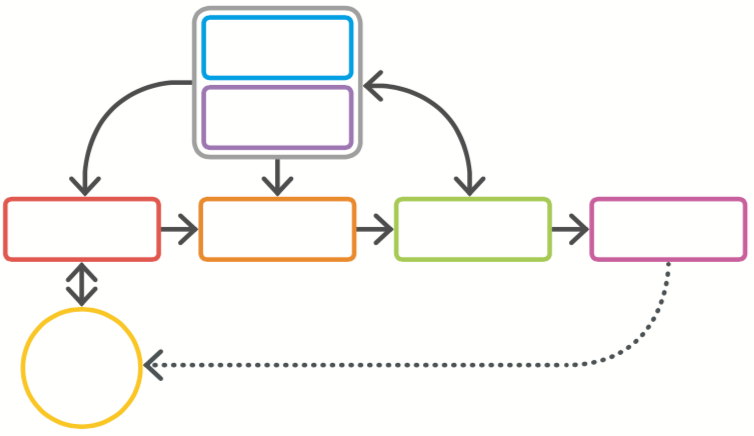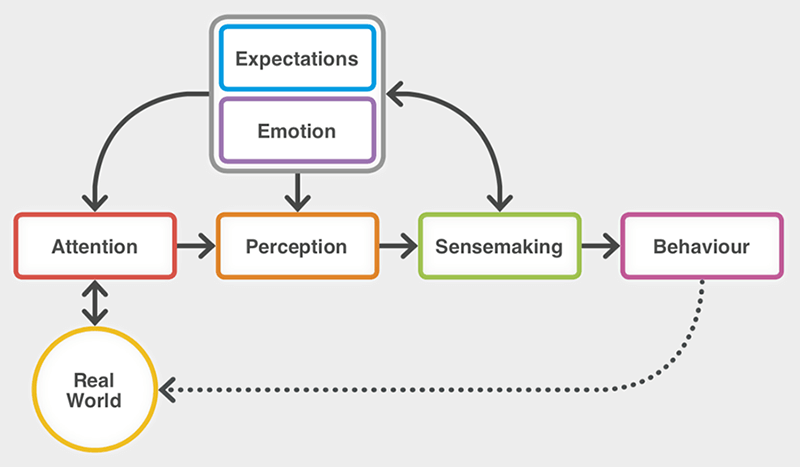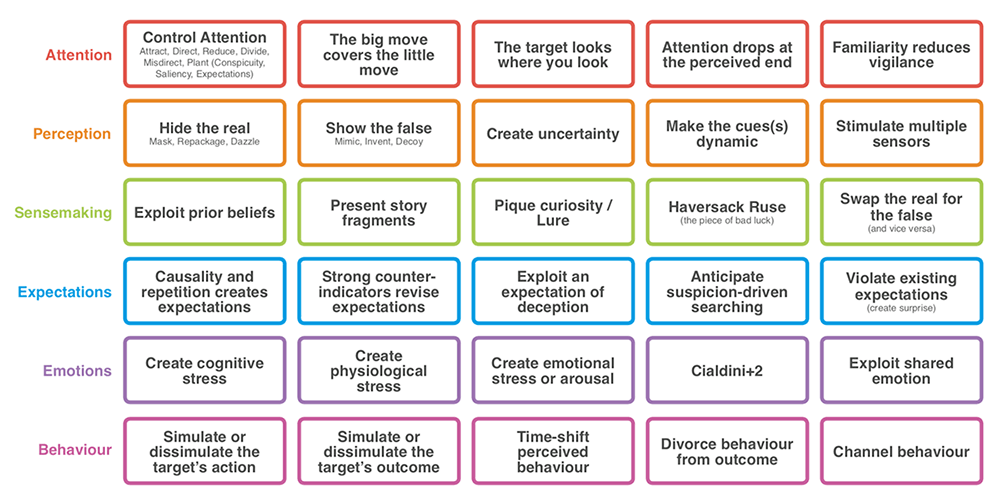The Artifice System – an overview

The Artifice System comprises a set of models and tools designed to support systematic deceptive thinking in an adversarial context. When you are facing an adversary or competitor it provides you with a means to:
- analyse and operationalise your mission goal and determine the desired behaviour change in your target
- identify how you will assess whether your actions have worked
- conduct target audience analysis to identify vulnerabilities that can be exploited to bring about behaviour change in your target
- establish whether deception and covert influence is a necessary, legal, proportionate, and ethical means for achieving your operational goals
- plan your operational activity and present your ideas in an intellectually robust format
- graphically represent your plans to support the communication of your deceptive intent to others
- execute your plan within a broader operational context.

There are two key components to our system:
- a universal framework of 6 psychological attack surfaces for target individuals and groups
- a set of 30 Deception Gambits that exploit those 6 attack surfaces.
Artifice Six Block Model

A generic, transportable and scalable model for deceptive thinking
The Artifice System is built around a universal framework called the Six Block Model. This framework comprises a succinct representation of six core psychological processes that all humans, irrespective of culture, use to make sense of the world and generate purposeful action. The 6BM provides the actionable structure for developing your deceptive thinking skills.
In reality, all these processes operate simultaneously in one complex activity for making sense of the world and generating action, i.e. ‘thinking’. So while the 6BM represents a convenient fiction - while it is not ‘true’ - it still has significant utility and provides a firm foundation for applying creativity and systematic rigour to thinking about deception in an adversarial context.
For our purposes, the processes portrayed in the model are treated as acting interdependently. Attention steers perception, perception feeds sensemaking, sensemaking generates expectations and emotions (that in turn shape other processes), and sensemaking also drives behaviour.
Each process represents an attack surface that can be targeted and manipulated independently to achieve different kinds of effect on the target’s thinking and behaviour. However, manipulating interdependent processes is reliant on manipulating preceding processes, i.e. later processes can only be shaped by controlling the earlier processes that impact on them – for example, a target’s sensemaking can only be interfered with by first controlling the target’s attention, and then shaping its perception.
The blocks within the 6BM are scalable – that is, each individual psychological attack surface has an analogue that exists at group and organisational levels. The strategies used for manipulating the psychological building blocks are the same, irrespective of the level at which they are applied. The figure below shows how each building block scales to an organisational level.
Click image to enlarge
Specific applications of the Six Block Model
The 6BM can:
- be used to help systematic thinking about different kinds of deception activities, and the effects they achieve
- provide a structure for analysing a target and discovering opportunities for deceiving them
- support the representation and analysis of retrospective or prospective cases of deceptive action.
- provide a flexible and universal structure for working through the key considerations that are required for thinking up deception activity that works in an adversarial context
- provide a conceptual backdrop to help you sort and sanity check your different ideas for fooling a target
- support the conception of measures to determine the effectiveness of your deception course of action
- support a counter-deception critiquing process that helps you learn from the deceptions used by others.
Artifice Deception Gambits

Gambit: a device or action, typically one entailing a degree of risk, that is calculated to gain an advantage
The term ‘gambit’ is used as all deception involves risk, and relying on a deceptive strategy where the adversary 'gets a choice' can increase risk relative to alternative strategies that seek to remove choices from them.
What are the Artifice Deception Gambits?
Gambits are deceptive thinking ‘seeds’, intended to support a your systematic deceptive thinking skills. They provide a direct stimulus as to how to manipulate some part of the target’s 6BM, or they may trigger lines of thought in new and unrelated directions. The gambits are domain independent, and can be applied to deceiving in any domain of application. They are also target independent and can therefore be used to manipulate the components of any target’s 6BM. Furthermore, the gambits are scalable, and can be applied at all levels from individual to team, to organisation, and potentially to both higher and lower levels of target. The gambits provide a set of linkable ‘building blocks’, that can be combined in different ways to achieve different kinds of impacts and effects.
The Artifice System for Deceptive Thinking

Generates creative solutions to challenging problems
Supports the conception of activities outside of the target’s ability to make sense of what is really happening
Facilitates thinking outside the knowledge, mindset, and imagination of the target
Combines insight, cunning, creativity, simplicity and elegance

I consider myself to be a technical operator within the cyber effort. This course highlighted the need to examine the softer skillset of deception and its place in the wider effort.”
UK Course
The course has provided me with a method to break down and clarify my thinking around operational problems of all kinds, not just influence and deception.”
UK Course
10/10. This course fired up my brain and shifted gears to start analysing in a more effective and ‘out of the box’ way.”
US Course
Exceptional course! Simply and smartly executed with direct application to multiple focus areas. This course will show you how brilliant and accessible influence and deception strategies can be applied operationally.”
US Course
Solid informative framework to use when developing operations by using detailed modelling and concise language. Will certainly have a major impact on my future work and simplification of ops planning.”
UK Course
The course provided a methodology which makes you focus on what you actually want to achieve and how you might do it. I will be using this in the future.”
UK Course
The Artifice 6 Block Model and other constructs for approaching influence and deception were fantastic, and will be useful throughout our work.”
US Course
Awesome course! A must for Field-grade and Senior Commissioned Officers. Many applications in Strategic Planning and effective implementation of military plans. Well executed. Operational Commanders will need this training.”
US Course


